
In the north center of Beijing, there is a maze of traditional Chinese brick-and-wood buildings and courtyards, called hutong. Most of these old residences are home to elder locals, but the culture of hutong has evolved to catch more attention from younger generations. ‘Stylish’ establishments like Fine cafe & canteen Beijing are taking root in these historic houses and alleys, giving the old structures a new life. Popular cafes online become the checking-point destination for foodies, coffee lovers, and photographers.
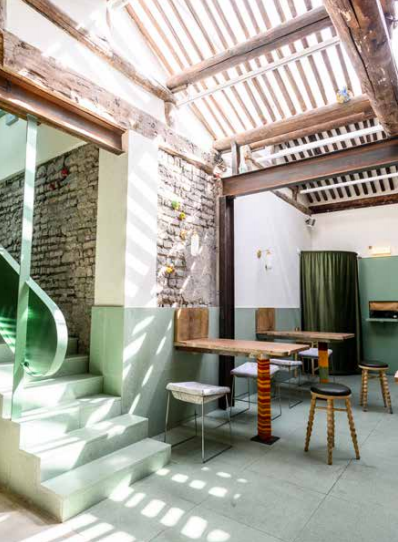
Online & Offline Frenzy
From outside the window, you can see the lofty area divided and connected by stairways in the cafe: A green metallic stairway leading to the upper floor, personalized matching-colored terrazzo stairs where people can sit for a coffee, and the lower ground area where the layout of tables and chairs make you recall those old days living in hutong.
“The interesting yet tricky part is the lower ground, which means you gain an extra floor for business but customers have to walk downstairs as they enter the cafe,” shared Lily Zhu, founder of Atelier A. The project was completed with her work partner Byungmin Jeon, founder of Be opposite architecture. Both Zhu and Jeon previously worked for Shanghai-based AIM Architecture, a leading award-winning architecture company in China. The extra space allowed Zhu and Jeon to create a fun and dramatic combination of a contemporary upper floor and a ground floor in traditional Beijing style. “It’s surprising that the stairway seating area is really popular among customers,” Zhu introduced. “The collision of domestic culture and coffee, a beverage from the west, brings sparkles in ideas. To me, it is kind of dramatic.”
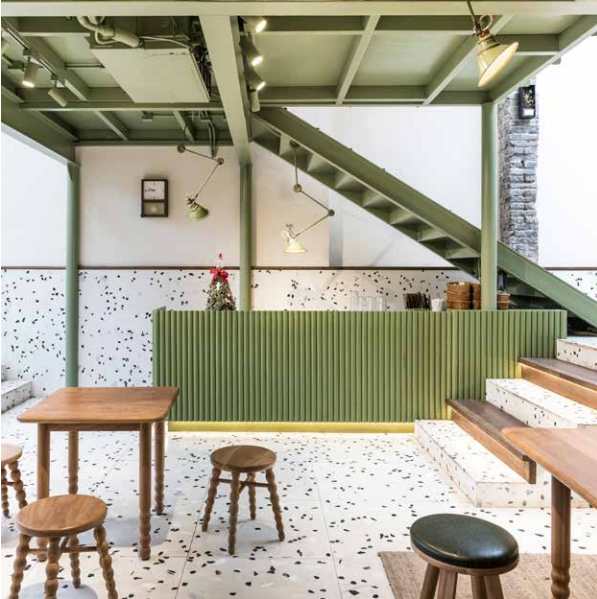
“Experience is becoming more important in interior design: Shape an experience for customers through the design and branding,” Jeon suggested. “It is also related to the online. People get information from the Internet, who also share their experience on the social media.”
That’s more than true. If you search online, you will find another cafe named Oh! by Fine cafe & canteen in Beijing. Even working for the same client, Zhu and her team aim to tell a different story based on the site. Observe the space carefully: You will see the traces of history well preserved in this hundred-year-old building.
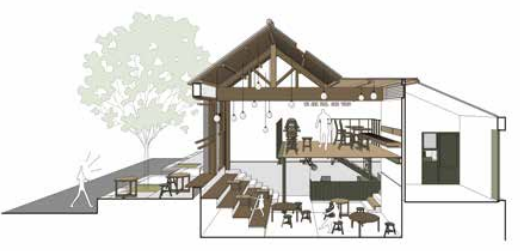
The concept is to keep a sense of history in the space through the design for customers when they step into this cafe.
“The exposed brick wall should have covered the whole area,” Zhu told us. “But it turned out that the historic walls were in such poor conditions that we had to cover them with new materials for the sake of safety.” So, only two sections of old bricks are now revealed as a compromise solution. “Most of the time, it is unpredictable in design projects until you see and check it on site, which means you have to be prepared and update the design plan as you go.” But she finds this unpredictability really interesting.
To cafes, sometimes, it matters a lot if the lighting and background is good enough for a photo with food. Nowadays, many foodies love to share such photos on their social media accounts. “I think the sense of ritual is important to both the designer and customers,” Zhu stressed. “We do take it into account, such as which angle/background is great for photos when we design the cafe, either a wood table or a wall. The color temperature and brightness of lights for days and nights is in fact different.”
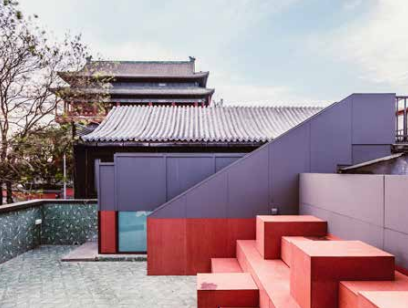
It’s Worth a Risk
In less than two years, Atelier A has completed quite a few coffee shops, restaurants, and other commercial projects. With over 10 years’ experience in design and studies in France, Zhu confessed, “My concept is to never design for looks, or decorate for appreciation. I want my designs generated by a certain function or the structure of a building in a more natural manner or style.” In her opinion, a brand new design normally lacks an ability to live and grow, especially in the coffee industry. “Too much ‘design’ makes a cafe look cool but it may not last for long.”
The rule also applies in the choice of design materials and decor. Zhu gets her inspiration upon even her first site visit. “It is very important for me,” she told CTI. “From there, I can see what needs to be preserved, what to change, what materials can be used, etc.”Unlike some designers, Zhu never plays safe when it comes to details in design, she would like to take a risk in a bid to introduce something new to echo with something old in the space. “The choice and use of each different material is a learning process to me.”
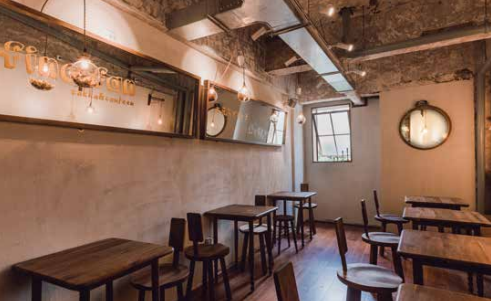
Interior Design Serves Branding
As social media gains more power nowadays, more cafe owners turn to designers for help. “I don’t believe that a good interior design can make a cafe’s branding strategy work,” Zhu pointed out, “What matters is the management and daily operation of the cafe. Decor is the basic but good management gives the cafe a long life.”
On Instagram, there are more than five million posts with hash tags focusing on cafe design such as #coffee-table and #instacoffee. ‘Instagrammable’ has become a popular trend and tag for cafes with instant fame. “I’m not against Instagrammable design,” she explained. “However, I think as a designer, even if you can copy the design, you can’t copy the success of other cafes through design.”
In her view, the two sides of online and offline influence each other. “To us, social media not only gives us more opportunities to showcase design projects and our concepts, but it also gives us a chance to help educate the public about aesthetics.”
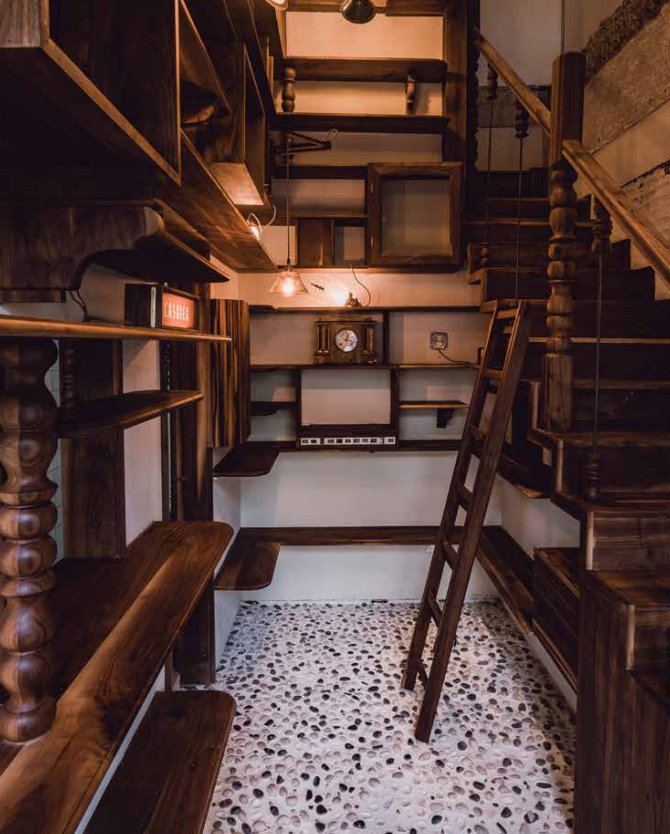
Atelier A’s works have been featured in many websites and social media, which allows Zhu to work with a number of clients who knew about her designs from online at first. “Some clients have been veterans in the F&B industry, who know about their brand positioning and missions. But some are new players, who focus too much on copying popular cafes from the Internet.” It makes her prefer to take time to help the latter understand their objectives. “It’s good to reach an agreement before we start to design the cafe.”
Zhu believes that good interiors never stay the same but grow and evolve as time goes by. “I’ve found that a lot of the cafes that survive definitely change their designs over time. That’s part of my design mindset,” she told us.
Interior design has played an important role in the coffee culture worldwide. “Japan has many influential and well managed coffee brands,” Zhu explained, “The country’s aesthetics can be seen through their designs; however, such designs also have an impact on what is regarded as beautiful in Japan. It’s a two-way process.” Zhu agrees that the process can benefit both designers and cafes, which in turn improve the public’s taste in aesthetics.
Atelier A’s latest renovation project will open its door to welcome the public in Shanghai, close to her third project with FINE, FAN zakka & canteen.
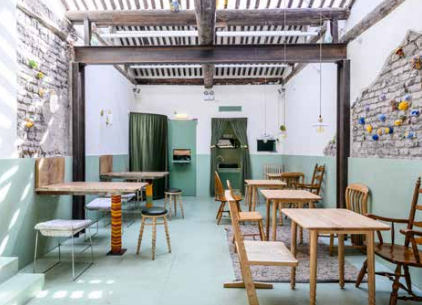
About Atelier A
Established in mid-2018 by Lily Zhu, Atelier A is an architecture studio based in Shanghai, China, specializing in interior design and renovation. Projects include restaurants, retails, cafes, residences, etc. Atelier A has unique philosophies in the use of materials, details, and savoir-faire in construction.
The design concept of FINE, FAN zakka & canteen in Shanghai is inspired from Harry Porter. All the furniture is made of walnut wood while some of the lamps are old pieces from Japan, adding a sense of secrecy to the space.



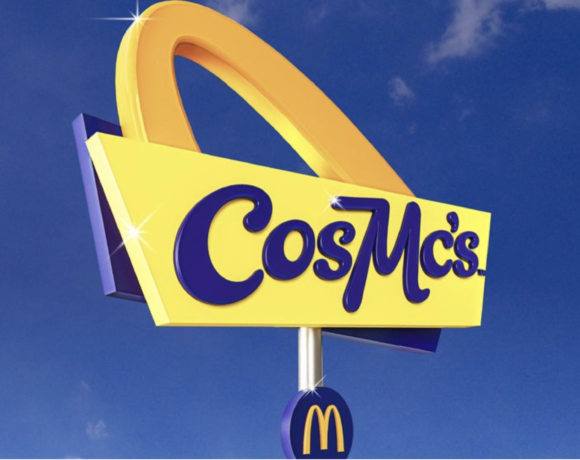
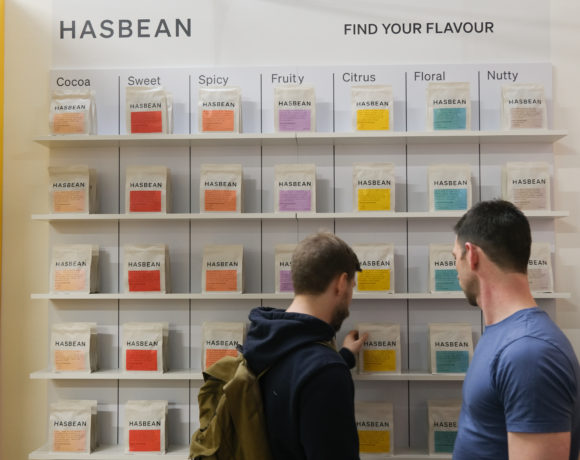
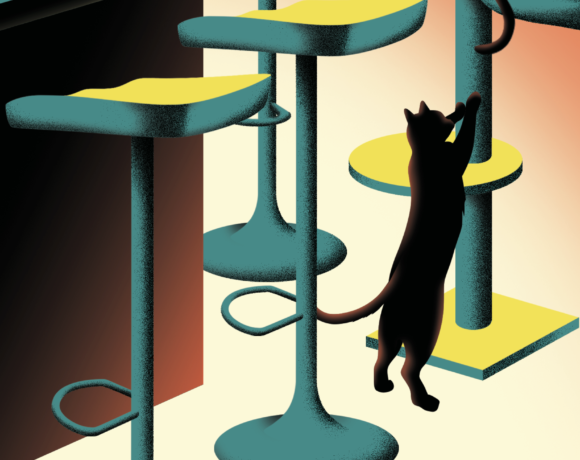






NO COMMENT